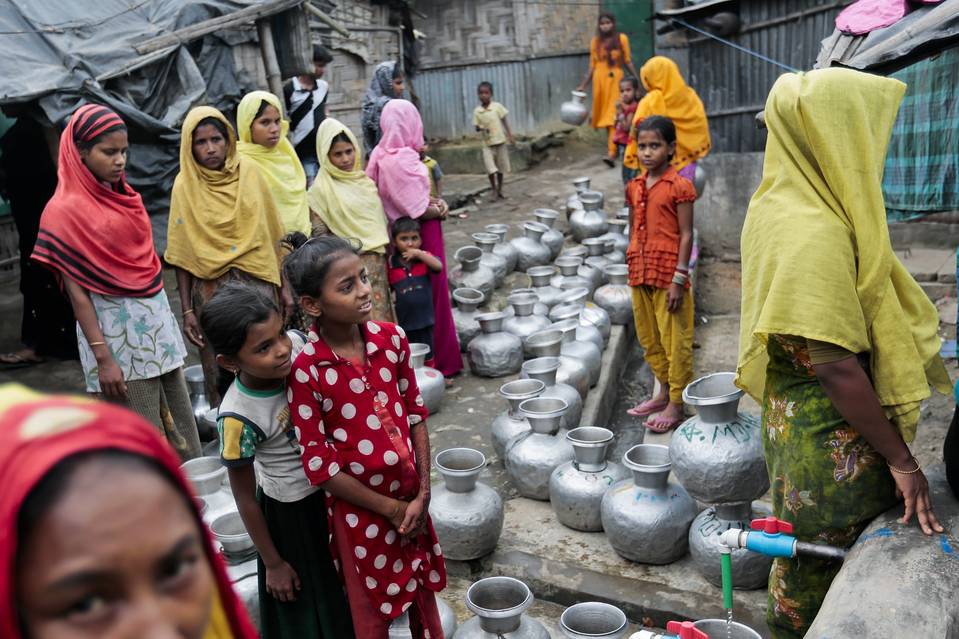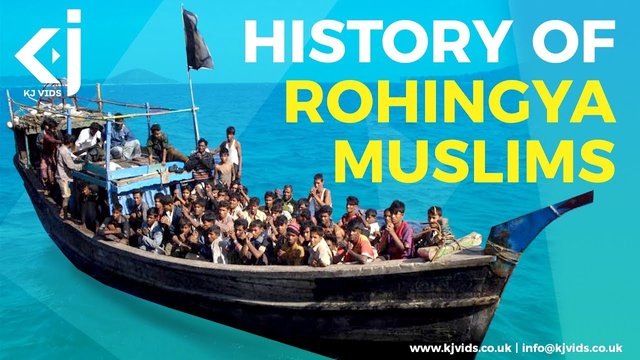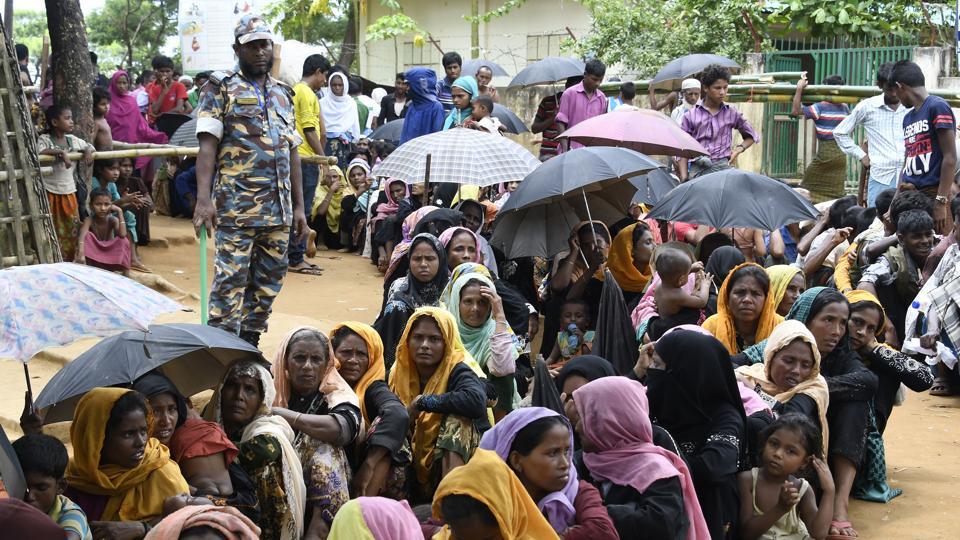
The Rohingya are a Muslim minority population living mainly in the state of Arakan, in Myanmar (Burma). Although approximately 800,000 Rohingya live in Myanmar, and apparently their ancestors were in the country for centuries, the Burmese government does not recognize Rohingya people as citizens. People without a state, the Rohingya face harsh persecution in Myanmar, and in refugee camps in neighboring Bangladesh and Thailand as well.

The first Muslims to settle in Arakan were in the area by the 1400s CE. Many served in the court of the Buddhist King Narameikhla (Min Saw Mun), who ruled Arakan in the 1430s, and who welcomed Muslim advisers and courtiers into his capital. Arakan is on the western border of Burma, near what is now Bangladesh, and the later Arakanese kings modeled themselves after the Mughal emperors, even using Muslim titles for their military and court officials.

In 1785, Buddhist Burmese from the south of the country conquered Arakan. They drove out or executed all of the Muslim Rohingya men they could find; some 35,000 of Arakan's people likely fled into Bengal, then part of the British Raj in India.
As of 1826, the British took control of Arakan after the First Anglo-Burmese War (1824-26). They encouraged farmers from Bengal to move to the depopulated area of Arakan, both Rohingyas originally from the area and native Bengalis.
The sudden influx of immigrants from British India sparked a strong reaction from the mostly-Buddhist Rakhine people living in Arakan at the time, sowing the seeds of ethnic tension that remain to this day.
When World War II broke out, Britain abandoned Arakan in the face of Japanese expansion into Southeast Asia.
In the chaos of Britain's withdrawal, both Muslim and Buddhist forces took the opportunity to inflict massacres on one another. Many Rohingya still looked to Britain for protection, and served as spies behind Japanese lines for the Allied Powers. When the Japanese discovered this connection, they embarked on a hideous program of torture, rape and murder against the Rohingyas in Arakan. Tens of thousands of Arakanese Rohingyas once again fled into Bengal.
Between the end of World War II and General Ne Win's coup d'etat in 1962, the Rohingyas advocated for a separate Rohingya nation in Arakan. When the military junta took power in Yangon, however, it cracked down hard on Rohingyas, separatists and non-political people alike. It also denied Burmese citizenship to the Rohingya people, defining them instead as stateless Bengalis.
Since that time, the Rohingya in Myanmar have lived in limbo. In recent years, they have faced increasing persecution and attacks, even in some cases from Buddhist monks. Those who escape out to sea, as thousands have done, face an uncertain fate; the governments of Muslim nations around Southeast Asia including Malaysia and Indonesia have refused to accept them as refugees.
Some of those who turn up in Thailand have been victimized by human traffickers, or even set adrift again on the sea by Thai military forces. Australia has adamantly refused to accept any Rohingya on its shores, as well.
Hi! I am a robot. I just upvoted you! I found similar content that readers might be interested in:
https://www.thoughtco.com/who-are-the-rohingya-195006
Downvoting a post can decrease pending rewards and make it less visible. Common reasons:
Submit
Thanks for you. Thanks a lot for supporting you.
Downvoting a post can decrease pending rewards and make it less visible. Common reasons:
Submit